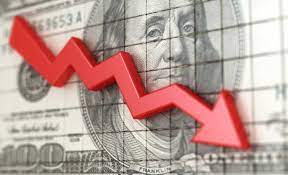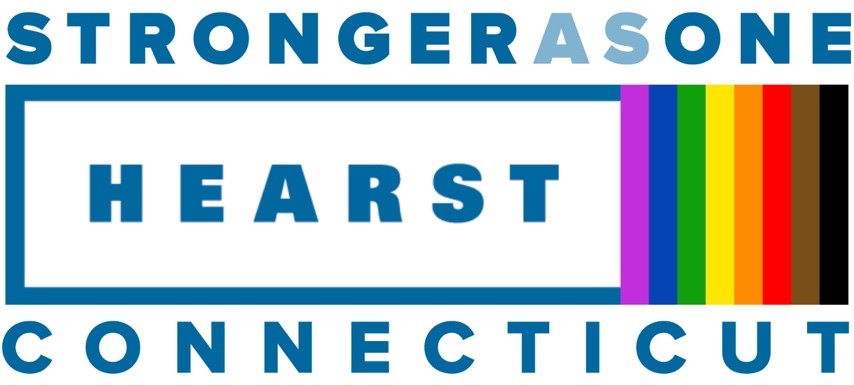
Here’s a budget update you won’t get from Hartford. Tax revenue this fiscal year will be down from the already drastically reduced projections issued just a month ago.
Back on May 1st, state budget masters reduced projected Connecticut state individual income tax revenue in two key categories by $2.0 billion over four years, including a half billion-dollar reduction for this fiscal year with only two months to go at that time.
Related Content: $2.0 Billion of CT Tax Revenue Just Disappeared. Poof.
A half billion-dollar annual reduction is a big reduction when total general fund tax revenue will average about $23 billion per year over the four years. For the current fiscal year, this represents not only a big reduction, but a big miss if you already have 9 to 10 months of actual data in hand. The tea leaves could and should have been read months earlier.
Even so, the big miss this year is actually going to be much bigger. The revised projections were for gross tax receipts. Yet, refunds have skyrocketed this fiscal year. As a result, net individual income tax receipts for Estimates & Finals (E&F) and the Pass-through Entity Tax (PET) are down much more than a half billion dollars.
When the Offices of Policy and Management and of Fiscal Analysis (OPM and OFA, respectively) reduced their projections, the so-called Consensus Revenue Forecast, they did not revise projected refunds, which appear on one line for all categories of general fund taxes. The projected Refund of Taxes for fiscal 2023 remained unchanged at $1.83 billion.
Ten days ago, the Department of Revenue released its Monthly Comparative Report through April, detailing actual gross receipts and refunds for the different categories of taxes. Refunds of E&F and PET taxes are up almost $200 million over the prior fiscal year. The “big miss” looks like a much bigger $700 million miss.
Yet, the miss is likely to be even bigger. We won’t know the final tally of taxes for fiscal 2023 for a couple of months, given the lag in reporting. Yet, tax receipts in May and June are highly likely to be down from both last fiscal year and the Consensus Forecast, primarily due to the effect of so-called safe harbor rules protecting taxpayers from penalties for underpayment of taxes.
The rules impact mainly taxpayers who file and pay their income taxes on an estimated basis in April, June, September, and January. If they pay estimated taxes at least equal to what they actually owed the prior year, they are not liable for a penalty if their estimated payments wind up less than their taxes ultimately due.
Since 2022 was an awful year in the stock market and, therefore, a bad year for most people paying estimated taxes, their actual taxes owed for 2022 were relatively low. Thus, their June 2023 estimated tax payments can be safely low as well. Lower June estimated payments will depress the recently revised Consensus Revenue Forecast.
Now, if you have labored through this highly technical tax revenue update to this point, you may wonder whether this is just boring bean counting or if there is anything particularly consequential involved. There is, especially for state employees.
These categories of tax revenue fuel special contributions to the state employee pension fund, which is severely underfunded. The huge miss on this revenue will mean much lower special contributions to the pension fund. Naturally, this should be of particular concern to state employees.
And, since Governor Lamont has reduced the regular contribution to the pension fund in recent and upcoming years, it is almost certain that those regular contributions will need to be increased again. That will draw funds away from other state services and/or require tax increases. So, citizens relying on state services should be concerned, and so should state taxpayers.
![]()
Red Jahncke is a nationally recognized columnist, who writes about politics and policy. His columns appear in numerous national publications, such as The Wall Street Journal, Bloomberg, USA Today, The Hill, Issues & Insights and National Review as well as many Connecticut newspapers.






